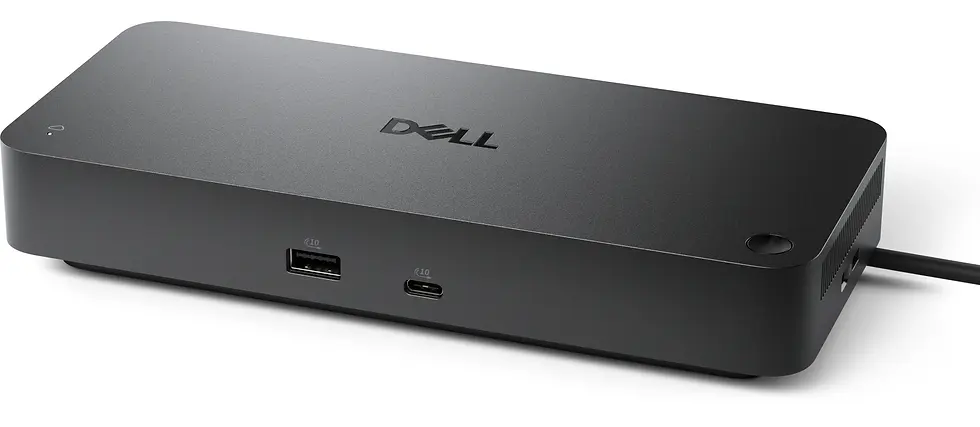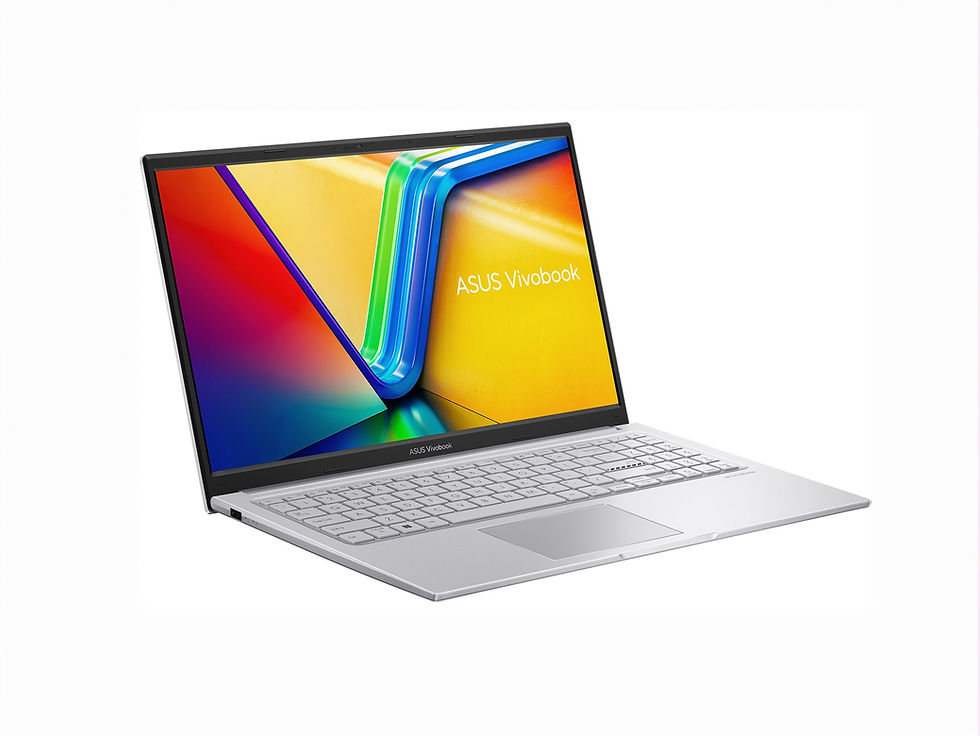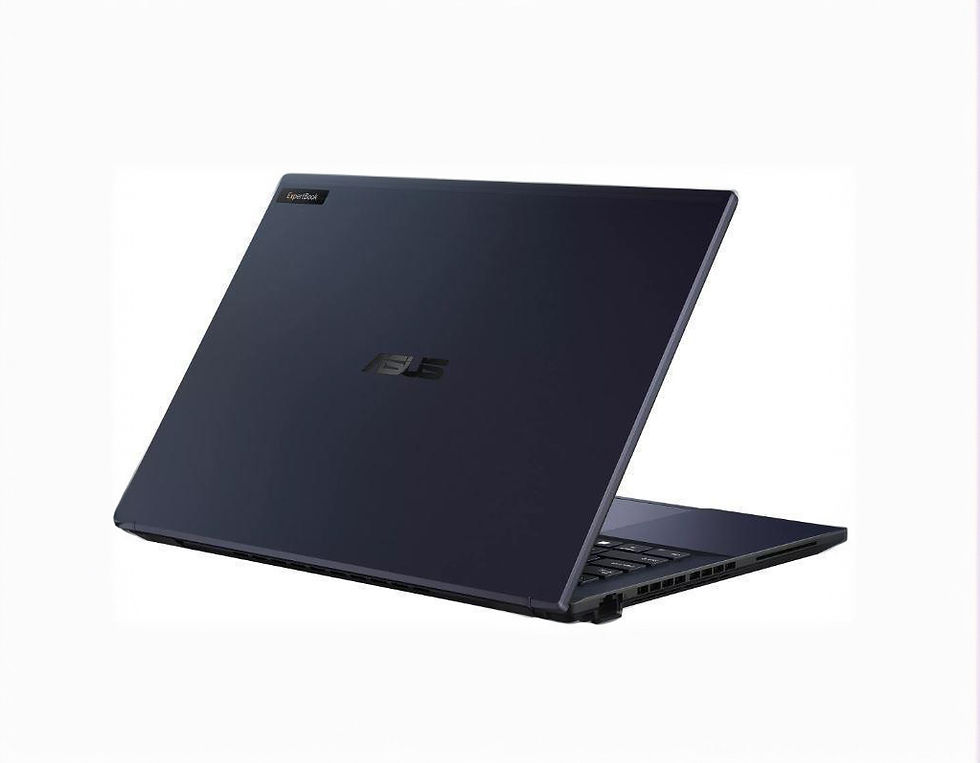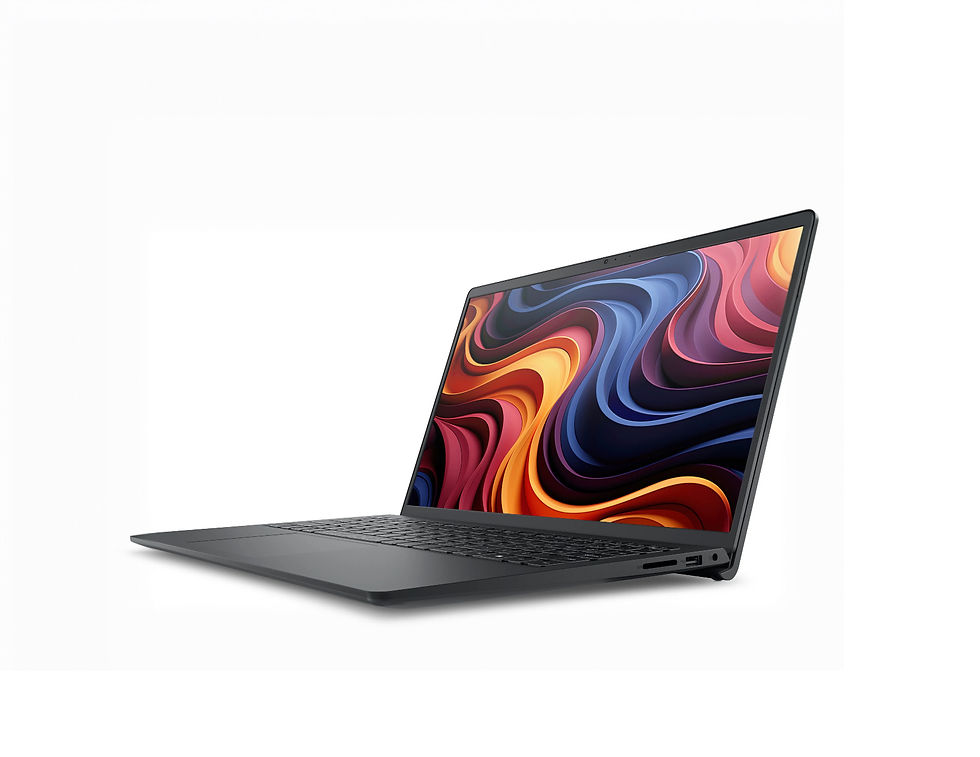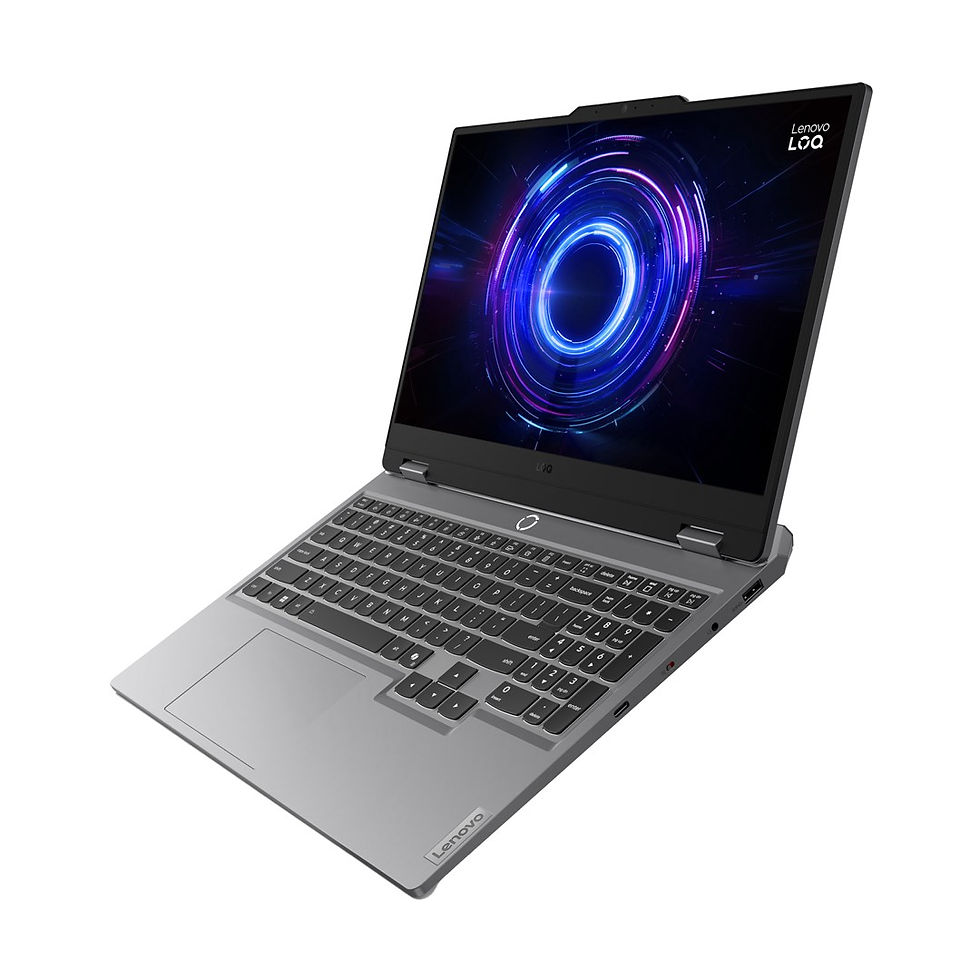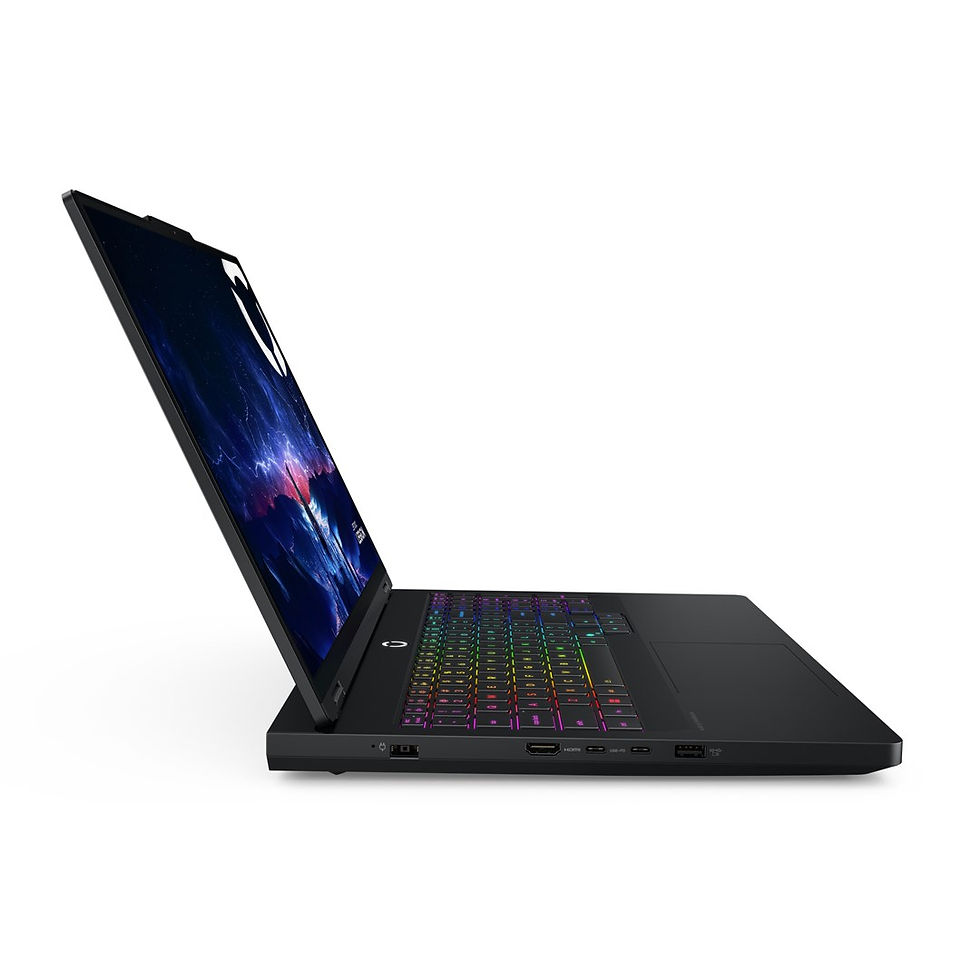Alimentation électrique
Chaque appareil sur votre bureau - votre PC, votre moniteur, votre chargeur de téléphone ou votre lampe - doit être alimenté efficacement. C'est pourquoi nous offrons plus que des solutions de base. Notre gamme comprend non seulement des multiprises et des prises de courant élégantes et fonctionnelles, mais aussi des unités d'alimentation fiables pour PC. Que vous construisiez une configuration haute performance ou que vous mettiez à niveau votre configuration actuelle, vous trouverez tout ce dont vous avez besoin pour alimenter votre espace de travail de manière sûre et efficace. Avec des designs modernes et une qualité à laquelle vous pouvez faire confiance, nos produits apportent à la fois performance et style à votre bureau. Choisissez la bonne solution pour alimenter, intelligemment et professionnellement.
6. Can I daisy-chain power strips?
It’s generally not recommended. Plugging one power strip into another can overload the circuit. It’s safer to use a single, higher-quality strip with enough outlets.
How to Choose the Right power supply for your workspace
Before buying, think about how many devices you use, where you plug them in, and how visible you want cables to be. Good power strips, desk sockets, and charging modules combine safety, capacity, and clean design so your setup stays both practical and tidy.

1. Count how many devices you need to power
List your everyday devices: laptop or PC, monitor, docking station, phone charger, lamp, speakers, and desk accessories. Choose a solution with a few extra outlets so you have room for future upgrades.
2. Choose the right type of power solution
-
Desk or under-desk power modules – perfect for laptops, chargers, and devices you plug in often.
-
Floor power strips – better for PCs, printers, and standing desks that rarely move.
-
Powerdot or in-desk sockets – keep plugs close and reduce visible cable clutter.
3. Look for surge protection and safety
Prefer power strips and modules with:
-
surge protection (protects from voltage spikes)
-
overload protection
-
grounded plugs and quality insulation
This helps protect both your equipment and your workplace.
4. Check socket layout and compatibility
Make sure the sockets match your local standard and that the layout leaves enough space for bulky adapters. Angled or spaced sockets are useful if you use large power bricks.

5. Consider USB and USB-C charging
Integrated USB-A and USB-C ports reduce the need for separate chargers. They’re ideal for phones, tablets, and wireless accessories, and help keep your desk cleaner.
6. Pay attention to cable length and routing
Choose a cable long enough to reach the wall outlet without tension. Combine your power strip with cable trays, clips, or sleeves so cables are neatly routed and don’t hang loosely under the desk.
7. Match design to your workspace
Power solutions are often visible, especially desk modules and Powerdot sockets. Neutral colours and slim designs help them blend into modern office or home setups.
8. Plan for future expansion
If you regularly add new equipment, choose modular systems or units with extra outlets. Planning ahead is cheaper and safer than daisy-chaining multiple low-quality strips.
Summary
The right power supply keeps your devices powered, your cables organised, and your workspace safe and efficient.
You might like
FAQ – Power supply
1. How many sockets do I need for my desk setup?
Count all devices you use daily and add at least two extra outlets. This ensures you have space for future gear and avoids overloading a single power strip.
2. What is the difference between a regular power strip and a surge-protected one?
A regular power strip only adds more outlets. A surge-protected strip includes components that help protect your devices from voltage spikes caused by storms, faulty wiring, or unstable power.
3. Are desk-mounted power modules better than floor power strips?
Desk or under-desk modules are more convenient for laptops, chargers, and devices you plug in often. Floor power strips are better for permanent equipment like PCs, printers, or standing desks.
4. Do I need USB or USB-C ports in my power supply?
If you regularly charge phones, tablets, or wireless accessories, built-in USB/USB-C ports reduce clutter and remove the need for separate wall chargers.
5. How important is cable length for a power strip?
Very important. The cable should be long enough to reach the outlet comfortably so you can place the strip where it’s safe and easy to access. Too-short cables often lead to unsafe extension or daisy-chain setups.
6. Can I daisy-chain power strips?
It’s generally not recommended. Plugging one power strip into another can overload the circuit. It’s safer to use a single, higher-quality strip with enough outlets.
7. What safety features should I look for?
Look for surge protection, overload protection, grounded plugs, quality insulation, and—especially in shared spaces—recessed or child-safe sockets. These features lower risk and protect your equipment.
8. Can power solutions help with cable management?
Yes. Many desk power modules and Powerdot-style sockets are designed to work with cable trays or desk cut-outs. Combined with clips and sleeves, they keep power cables organised and out of sight.













